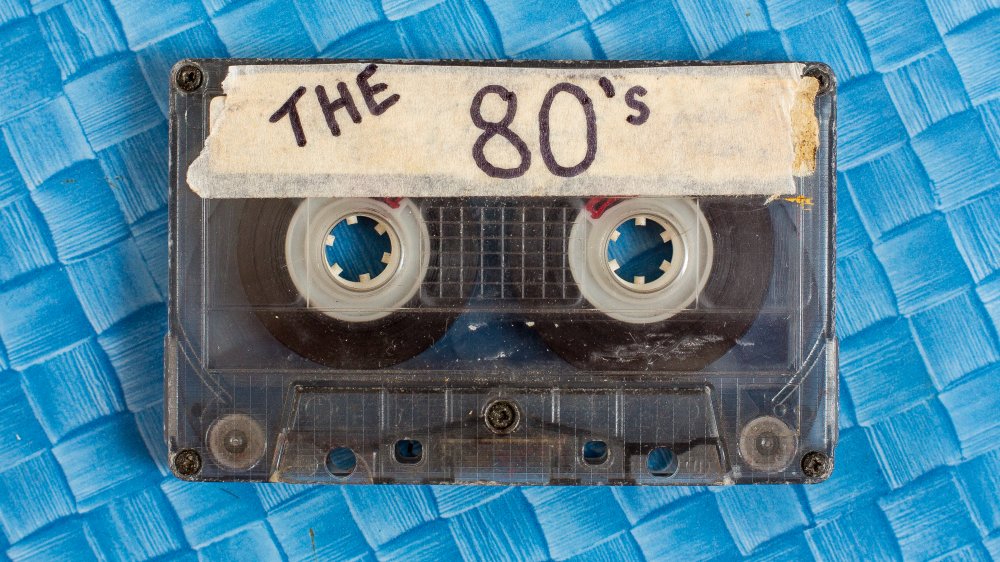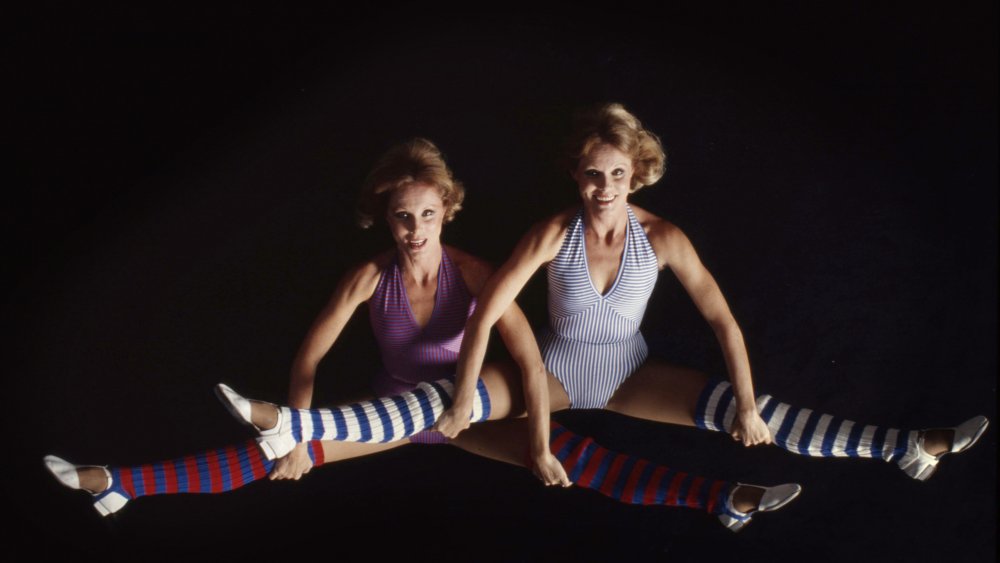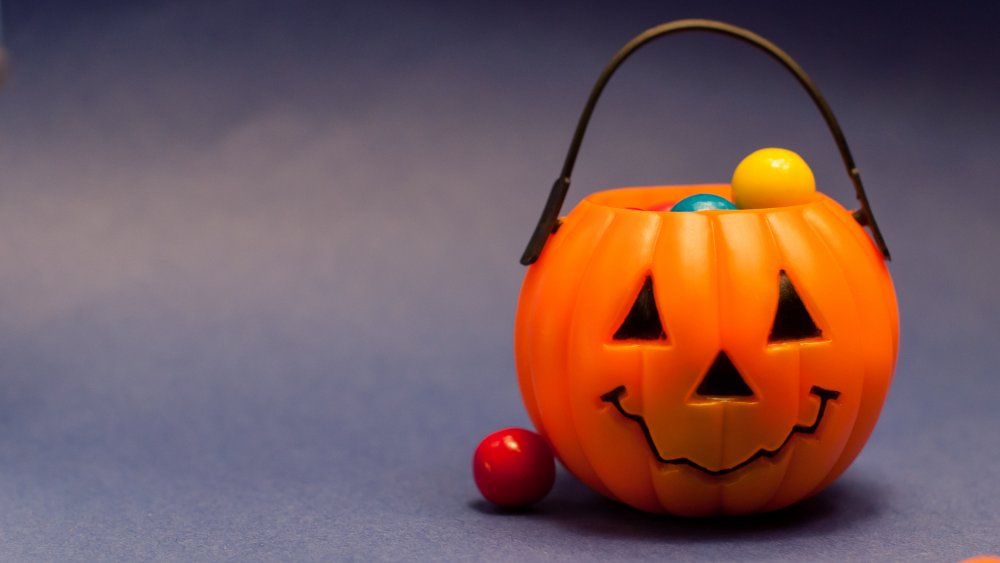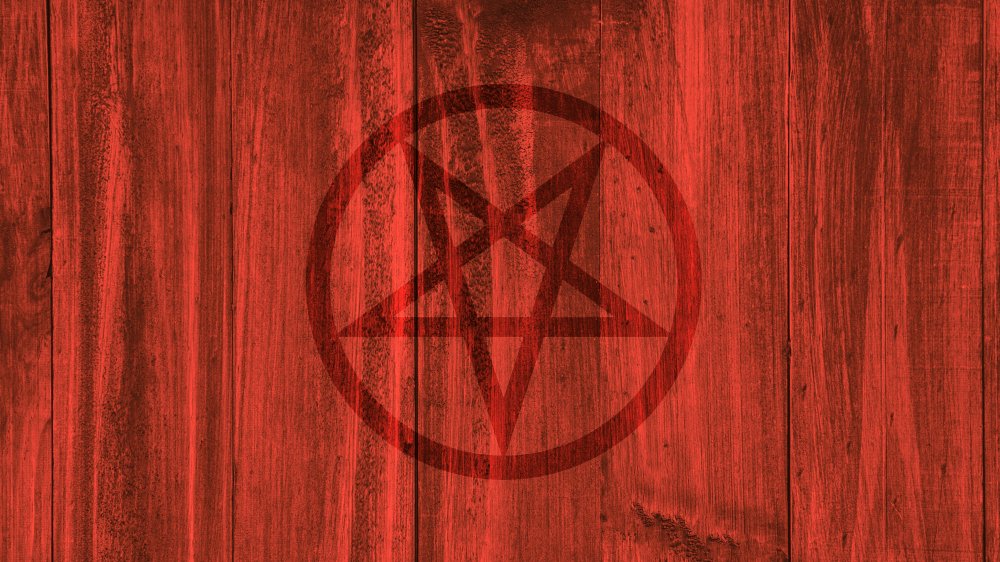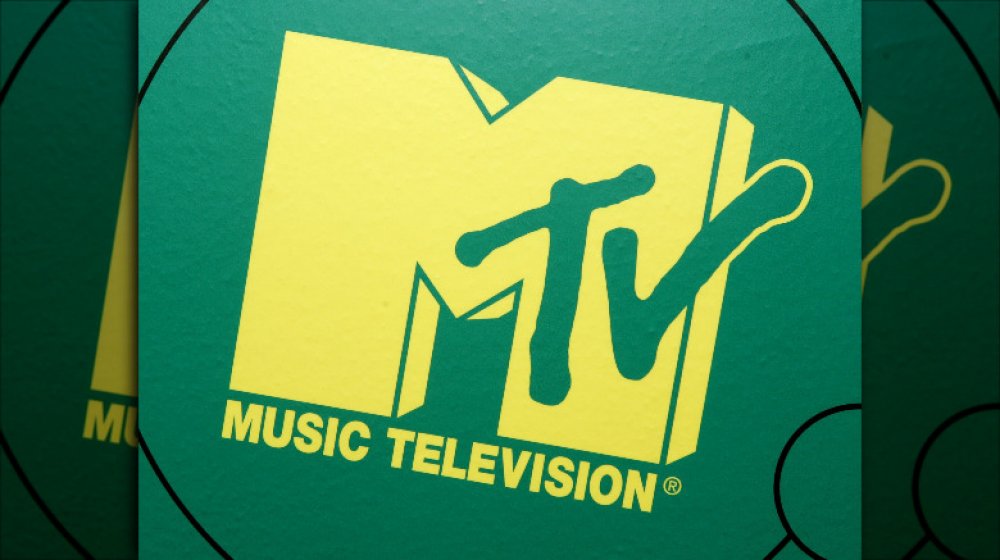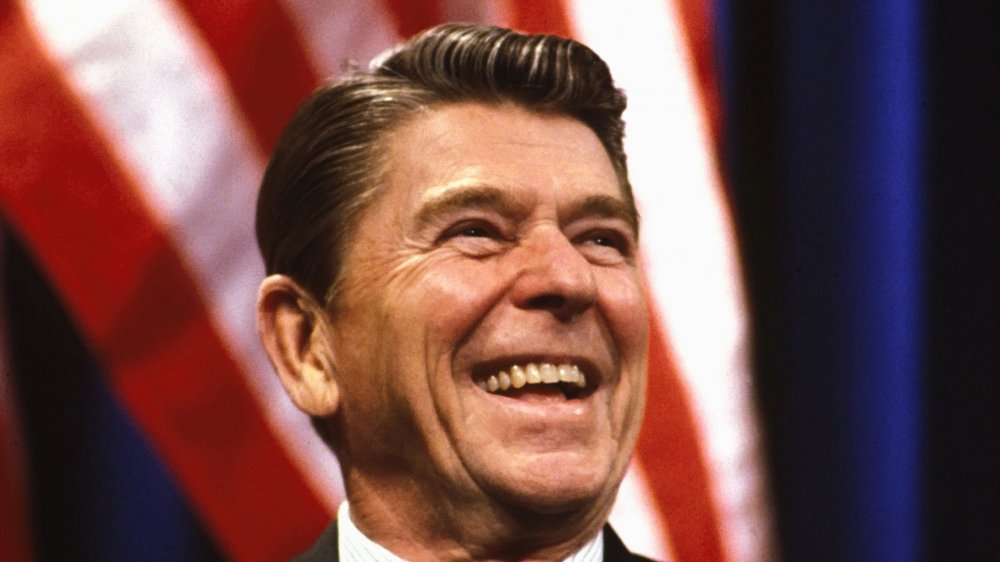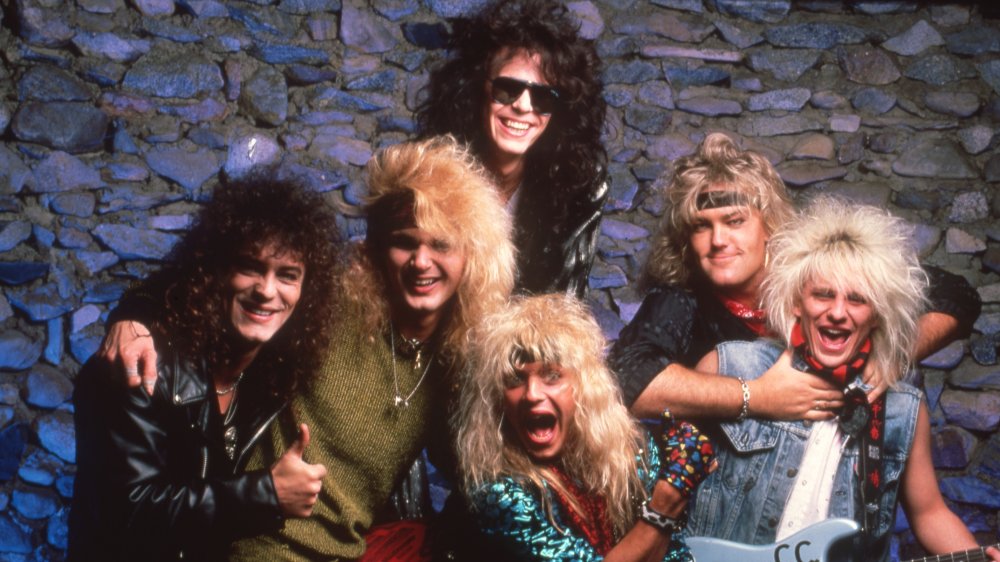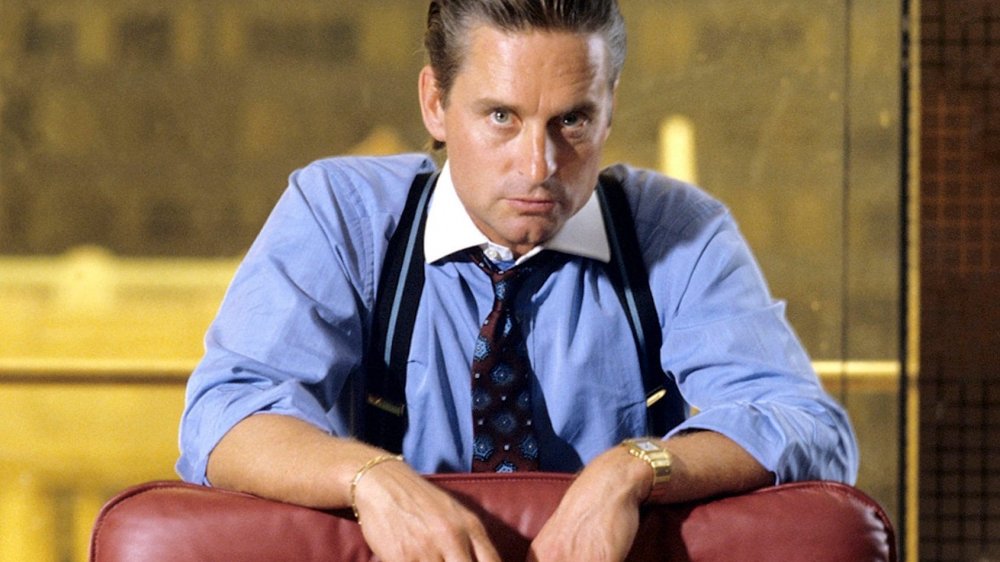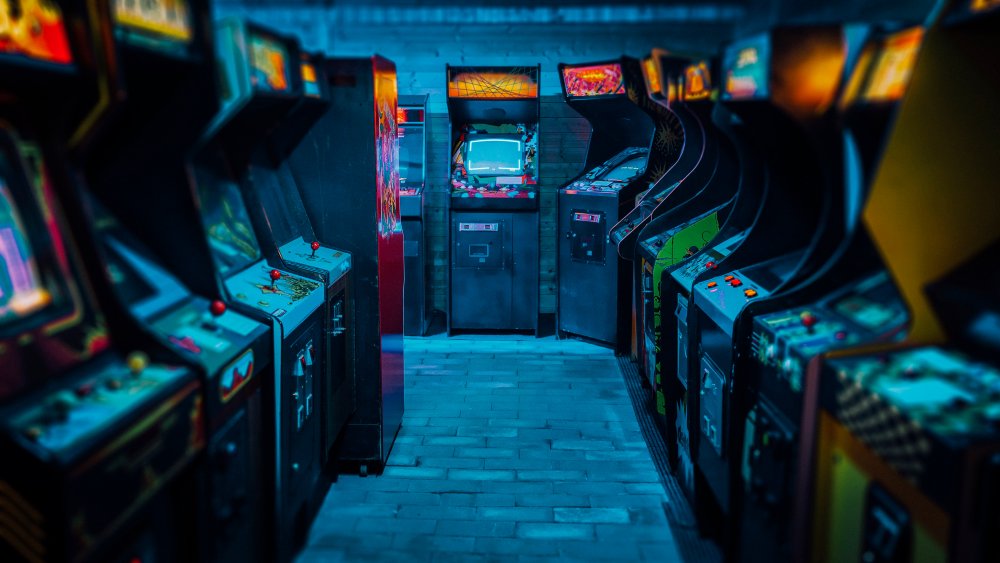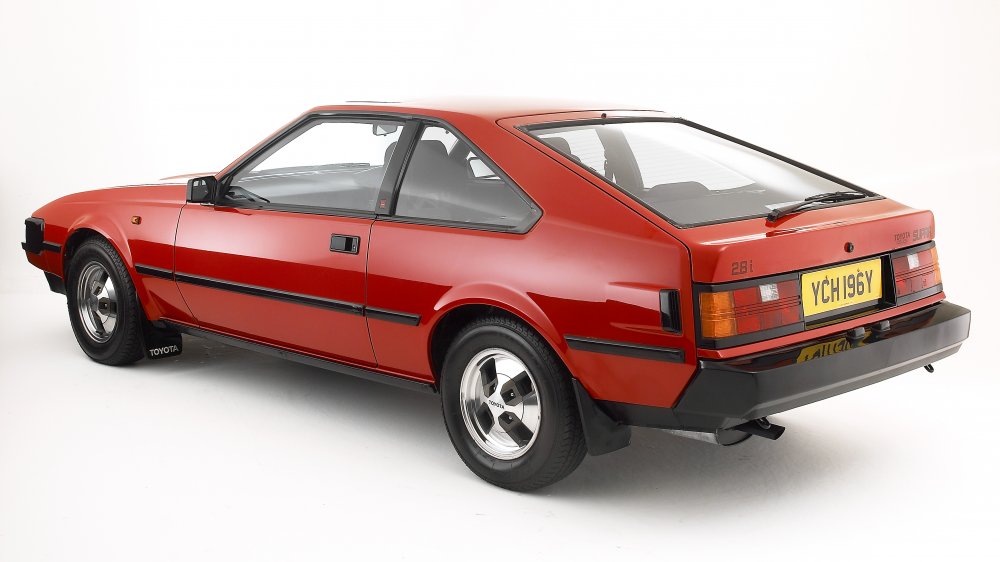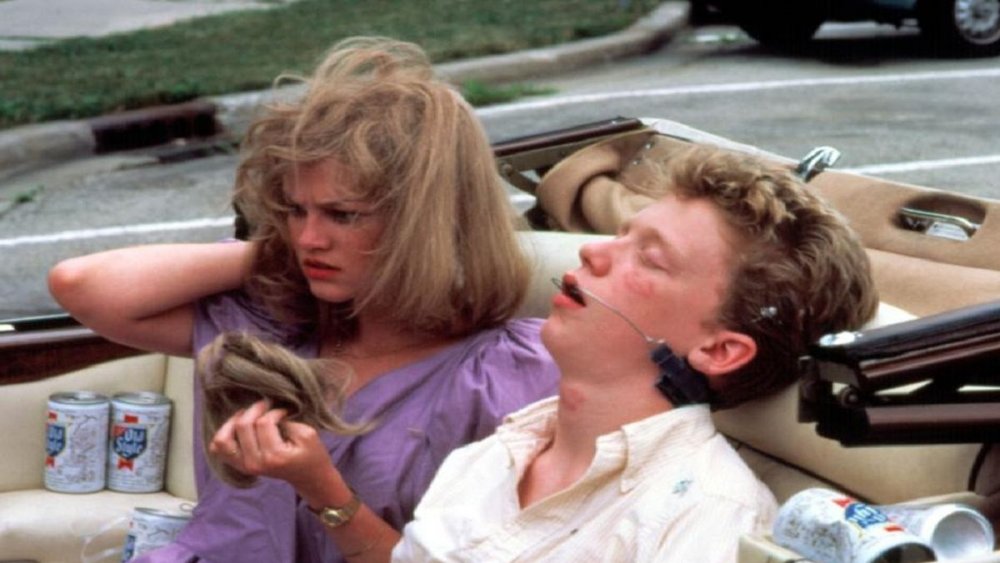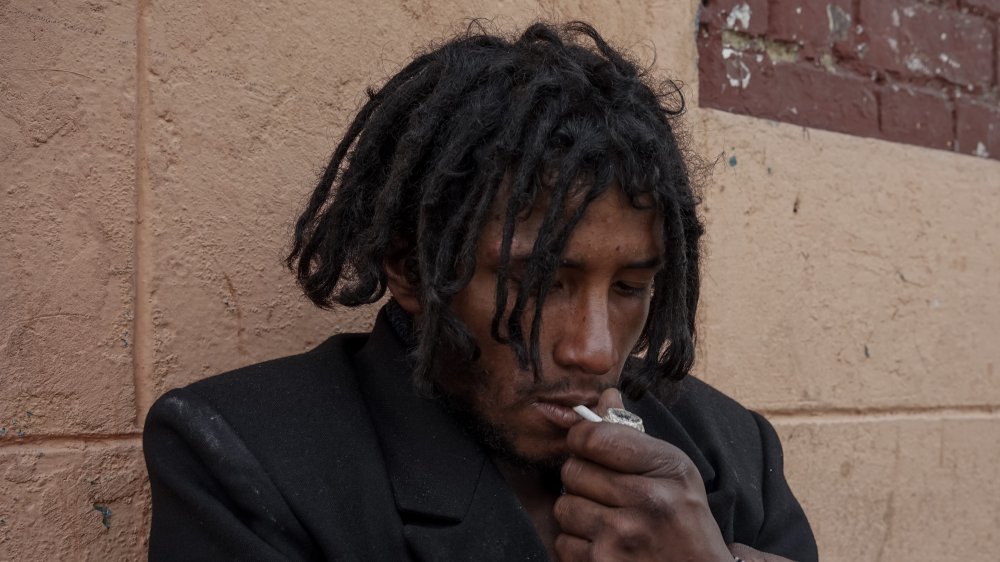Things People Get Wrong About The 1980s
Every decade gets its nostalgia moment when people look around at the disappointing present and long for a simpler time. The 1950s, 1960s, and 1970s have enjoyed brief periods when they became pop culture obsessions, spawning TV shows and retro musical trends.
The obsession with the 1980s is different. The 1980s were actually a long time ago: It's difficult to imagine people in 1980 looking back on 1940 in the same way. And yet the decade continues to dominate our culture, from '80s-inspired TV shows like Stranger Things to the regular invocations of Ronald Reagan as a sort of political founding father of the conservative movement.
You would think, with the decade still front and center in our shared consciousness, that we'd at least get the 1980s correct when we talk about the era. But time has rubbed away a lot of the details, and our modern impression of the 1980s wouldn't be very familiar to the people who actually lived through the decade. As often happens, that period of our history has been boiled down to some fashion trends, a few pieces of entertainment, and a handful of meaningful historical events. The end result is an image of the '80s that isn't entirely accurate. Here are some of the things people get wrong about the 1980s.
The fashion wasn't terrible
Let's say you're coming up with costumes for your new film set in the 1980s. What will your characters wear? If all you're going by are hot takes on the Internet, it'll be a lot of leg warmers, jackets with shoulder pads, and garish, graphical shirts in neon colors. And every teenager dressed like Duckie from Sixteen Candles or Pat Benatar from her Love is a Battlefield video (shudder). Because as everyone knows, the 1980s were a wasteland for taste.
Except, that's not true. For one, regular people didn't dress as casually wacky as characters on TV or music videos. Yes, leg warmers and shoulder pads were a thing — but the 1980s was actually a dynamic and creative moment in fashion. In fact, the looks and trends of the 1980s continue to influence our fashion today. As Vogue points out, even a silly TV show like Saved by the Bell, which is a prime example of apparently terrible 1980s fashion, was ahead of its time in terms of trends.
And as The New York Times points out, like it or not, many of the signature 1980s fashion notes are now influencing designers around the world. Even big shoulders, long considered a classic 1980s faux pas, have become a signal of elevated design taste. It's time to stop assuming the 1980s were a crisis of mall fashion and admit that plenty of timeless design was created in that decade.
Free-range kids weren't regularly kidnapped
It surprises a lot of people born after the 1980s to discover that many parents didn't keep close tabs on their kids like they do today. As Good Housekeeping reports, so-called "free-range parenting" has been making a comeback in the modern age ever since journalist Lenore Skenazy caused an uproar when she revealed that she regularly allowed her nine-year-old son to ride the New York subway alone.
In the age of helicopter parents, giving young kids so much unsupervised freedom seems dangerous. After all, as The Atlantic notes, the 1980s was a decade when kids were being kidnapped off the street so routinely that it inspired the tradition of putting photos of missing children on milk cartons.
The truth is, those free-range kids of the 1980s were mostly just fine. As The Denver Post notes, the scary statistics that made it seem like kids were being abducted left and right were way overblown. About 95 percent of missing children in the 1980s were runaways, and most of the rest involved custody battles. And that was in the age before cell phones and tracking apps. So while it might seem like the 1980s was a dangerous time to be a kid, the fact is that the looser parental supervision didn't really result in more danger — just more self-reliant kids.
The Halloween candy wasn't dangerous
According to some urban legends, the 1980s were a really bad time to be a kid. Aside from a lack of Fortnite and Tik-Tok, being limited to just two dozen cable TV channels at most, and a proliferation of puffy down vests, there was also all that poisoned Halloween candy.
If you were a kid in the 1980s, you probably experienced your parents carefully sifting through your Halloween haul, looking for razor blades, embedded pills, and wrappers that had been cleverly slit open and then re-sealed. As History.com explains, that's because there was a real, persistent belief that evil folks were trying to kill kids by messing with their candy. And every parent was convinced that at least one of their neighbors was just crazy enough to try it.
But like most public panics, there wasn't much truth to it. There have been a handful of cases of people poisoning candy on Halloween, but it has never been a widespread conspiracy. Sociologists suggest that one famous case in 1974 involving a father poisoning his own son with candy on Halloween, combined with the infamous 1982 Tylenol poisonings, fueled parental fears. But as the CBC reports, there have been just 200 reported cases of tampering with candy in the US and Canada since 1958 — and most of those reports were hoaxes.
Satanists weren't everywhere
The 1980s will forever be known for certain things: music videos, raunchy teen comedies, mullets, and a huge national conspiracy by Satanists to ritually abuse and murder children in day care.
While it seems little crazy today, in the 1980s, there was a moment when everyone seemed to believe the totally reasonable idea that many day cares were run by dedicated Satanists who were doing terrible things to the kids in their care. As Vox reports, several factors made this mass hysteria possible. For one, the 1980s saw a sharp rise in families where both parents worked, making day care a necessity. For another, Christian fundamentalism was on the rise and preached a world where Satan and demons were very real.
This environment led to a spate of highly publicized cases where day care workers were accused of abusing kids in Satanic rituals. As the New York Daily News reports, the most famous of these cases was the McMartin preschool in California. Many of these folks were actually convicted, often based on the testimony of little kids who could barely remember their names. In the McMartin case, kids claimed the day care workers had flushed them down toilets, could fly, and used underground tunnels (which didn't exist) to take them to secret ceremonial places. To modern eyes, the children were clearly manipulated into saying whatever was expected of them, and it's clear today that Satanists weren't everywhere in the 1980s.
No one wanted their MTV
Whenever a show needs to establish that a story takes place in the 1980s, there will inevitably be a shot of MTV on a television. MTV has become such a part of 1980s lore that it's easy to believe that its launch in 1981 was a seismic event that rocked the world.
Eh, not so much. As Vanity Fair reports, no one expected MTV to succeed, and when it launched, no one really cared or even noticed. The channel only had about 120 music videos to play, it couldn't get onto cable systems in the biggest markets in the country, and the early reviews were scathing.
In fact, as NPR notes, the channel was a few months from having to shut down. Then two things happened in 1983 that saved the network: One, they came up with the all-time classic "I Want My MTV!" advertising campaign and even got big stars like Mick Jagger to say the iconic line for a series of commercials. And two, Michael Jackson released Thriller, and everyone wanted to watch the short film he produced for the title track. And for many, the only place to watch it was MTV. The rest is history, but for the first few years of the 1980s, MTV looked like anything but a sure thing.
Ronald Reagan wasn't universally beloved — or hated
No one person represents the 1980s in people's minds more than Ronald Reagan. Despite a film and television career that stretched from the 1930s to the 1960s and a political career, including a stint as governor of California, that had been going strong for two decades before the 1979 presidential election, most people remember Reagan as the 40th president of the United States from 1980 to 1988.
But many folks think Reagan was either the most popular president of all time — or the most hated (well, at least until recently). Reagan was either the Great Communicator who charmed everyone with his decency and good humor or a terrifying conservative fanatic who changed American politics for the worse.
But as The Washington Post reminds us, Reagan's popularity was actually very typical of most presidents in that it varied ... a lot. In fact, Reagan's average approval rating during his two administrations was 52.8 percent. That sounds great, but it actually places him sixth all-time, according to Gallup. John F. Kennedy (70.1 percent), Dwight D. Eisenhower (65 percent), George H.W. Bush (60.9 percent), Lyndon Johnson (55.1 percent), and Bill Clinton (55.1 percent) were all more popular than Reagan, overall.
But Reagan wasn't universally loved. At one point, his approval rating fell to 35 percent — which sounds bad until you consider that Harry S. Truman rocked a 22-percent approval rating in February 1952.
It wasn't all hair bands and synthesizers
One of the most iconic parts of the 1980s was the music. After the punk and disco-dominated 1970s, the '80s brought new sounds to the radio. When people think of '80s music, though, they tend to assume the radio was dominated by synth-heavy pop or hard rock often referred to as "hair metal" due to the teased locks of the band members — think Bon Jovi or Poison. These clichés make it seem like the music in the 1980s was kind of ... bad.
But it's always a mistake to assume that one style of music dominated any particular decade. Just as the 1970s were more complicated than disco, the truth is that pop music in the 1980s was actually pretty diverse. According to Top40Weekly.com, the top ten artists of the 1980s include folks like Michael Jackson and Madonna (of course) but also rockers U2, Bruce Springsteen, and Van Halen, as well as rap stars Run-DMC, and The Police, who would best be described as New Wave.
In fact, only three of the top 20 music acts of the 1980s could in any way be considered hair metal — Van Halen, Def Leppard, and (arguably) Guns N' Roses. The rest is fleshed out by R&B stars like Janet Jackson, rap acts like N.W.A., and rockers like Dire Straits.
It wasn't the "Greed Decade"
For some, the overarching attitude of the 1980s is Gordon Gekko in the film Wall Street saying that "greed is good." Very often, the 1980s get summarized as the decade when rich men on Wall Street launched bold insider trading schemes that were fueled by cocaine and a complete disregard for ethics or morality. This attitude was enshrined and supported by Tom Wolfe's classic 1987 novel The Bonfire of the Vanities and supported by the disastrous Black Monday event in 1987, when stock markets around the world crashed.
This led to an enduring impression that the 1980s were a "Decade of Greed," marked by conspicuous consumption. But this isn't actually true. For one thing, as the Harvard Business Review notes, the number of brokers and investors involved in insider trading or other shady schemes was actually very low. The overwhelming majority of people on Wall Street played by the rules and worked honestly for their profits. And even those engaged in sketchy stock deals were worried about the ethics involved and often wracked with guilt.
And as the National Review notes, charitable giving was actually historically high in the 1980s. The annual rate of growth in charitable giving in the 1980s was a whopping 55 percent higher than in the previous 25 years. So much for the "Decade of Greed."
Arcades games didn't ruin the kids
It's hard to imagine a world where you had to leave your house just to play a decent video game, but the 1980s had game consoles they were incredibly primitive. An Atari or Intellivision game couldn't compete with the games in your average arcade, so naturally the kids spent a lot of time in arcades — and this led to an ongoing assumption that all that time staring at screens in a dark, noisy arcade was really, really bad for the kids.
As Smithsonian Magazine notes, a lot of people thought arcades would have some really negative effects on the kids who were spending so much of their time in them. There was speculation they would cause physical harm in the form of repetitive stress injuries and vision problems, make kids violent, and become addictive.
Nothing underscores the fear of video games like the urban legend of Polybius. As Portland Monthly explains, Polybius was supposedly a mysterious video game that would turn up in arcades around the country ... and drive kids insane when they played it. Theories abounded but mostly blamed the CIA for the game, marking it as part of a sinister government experiment in mind control.
Of course, the game never existed, and all the kids who wasted all their time in arcades in the 1980s grew up just fine and now spend their time worrying that their kids have too much screen time.
Japan wasn't killing the US economically
Few people know much about the United States' economic situation in the 1980s, but thanks to a lot of movies and persistent myths, everyone "knows" one thing: Japan was kicking America's butt.
There's some basic truth to this. As the Foundation for Economic Education explains, in the decades after World War II, a series of treaties opened markets to Japan. Simultaneously, Japanese manufacturers achieved impressive gains in productivity that gave them an edge in these new markets. In the US, that resulted in Japanese cars, for example, jumping from 9.4 percent of the market to 22.6 percent between 1975 and 1982.
That spooked the US, and the myth that Japan had some secret mojo that would lead them to crush us economically became a mainstay of the 1980s that continues to define the decade for many. Films like Gung Ho starring Michael Keaton portrayed a United States where Japanese companies were poised to take over (with, of course, hilarious results).
The fact is, however, that while specific market forces gave Japan advantages for a time, the US was in robust shape. As Reason.com notes, in the 1980s, manufacturing and production in general rose by almost 33 percent, and the US held onto its global market share for its manufactured goods despite the increased competition from Japan.
The 1980s were a more innocent time
The 1980s are often discussed as a whimsical time when kids roamed free, the entire country watched the same TV shows, and capitalism finally defeated communism without firing a shot.
The only problem with that is how terrible the 1980s actually were. In terms of super casual racism, sexism, and homophobia, for example, the decade was the absolute worst. As The Guardian points out, many movies produced in the 1980s were downright offensive if not openly racist. All you need to know about how openly racist the 1980s were is to be aware of the film Soul Man, in which C. Thomas Howell plays a white man who spends almost the entire film in blackface as he pretends to be a Black man in order to get a scholarship to Harvard. Yes, this film really happened.
A disturbingly lighthearted attitude toward rape also permeated 1980s culture. As Vox notes, in the 1980s, sexual assault was treated very, very differently than it is today. The general attitude is exemplified by the scene in the classic '80s comedy Sixteen Candles, in which a high school dreamboat delivers his passed-out drunk girlfriend to another boy to take advantage of. And this scene is played for laughs. The best word for the 1980s is "savage."
The crack epidemic wasn't an epidemic
There are few decades that can be summed up in people's minds with just one word, but the 1980s manage it with "crack." If you know nothing else about the decade, you know that in the 1980s, a new drug emerged that destroyed entire neighborhoods and resulted in armies of "crackheads" and "crack babies."
Crack definitely existed, and it definitely had a negative impact on the country as a whole — but as Salon points out, crack is just cocaine in a slightly different form. It's a more intense delivery system than snorting it, but it's the same drug that people had been doing for decades before the 1980s came along. In fact, the reason crack became so popular in poor neighborhoods — which were often overwhelmingly Black — wasn't because it was so powerful or so addictive. It became so popular because it was much more affordable.
But white folks were still the biggest users — 75 percent of cocaine use in the 1980s was by white people. And even at the peak of the so-called "epidemic," people became addicted to crack exactly as much as they became addicted to cocaine, putting the lie to the myth of the "crackhead." As Vox notes, this also means that "crack babies" — one of the main arguments for the so-called "War on Drugs" launched in the 1980s and still destroying people's lives today — are also a myth.
